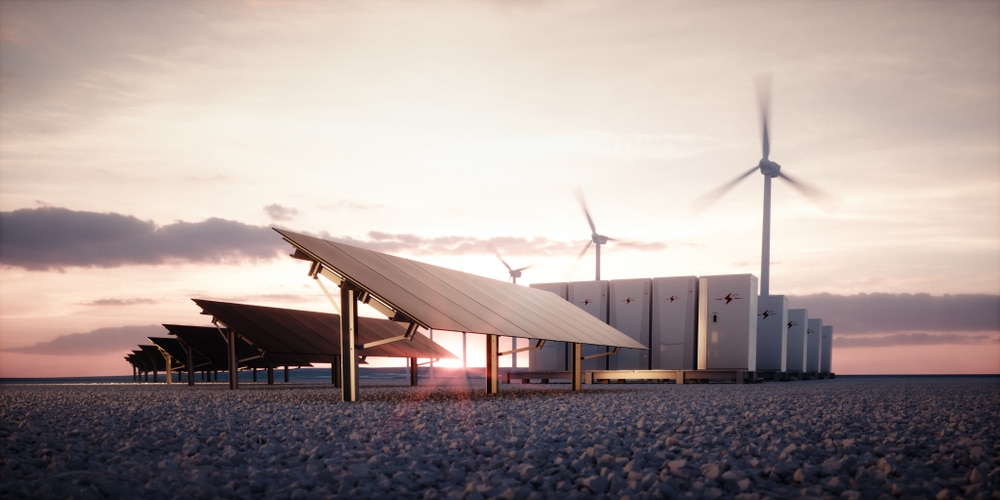Battery storage devices for renewable energy have emerged as the technology required to ensure grid stability in the transition away from fossil fuels.
There have been significant concerns over the ability of Australia’s ageing infrastructure to handle renewable energy from wind and solar – especially excess power being exported from homes.

Previously, a report from the Energy Security Board labelled Australia’s grid as ‘critical’ and stretched to its total capacity. The report also outlined that significant weather conditions and natural disasters were expediating the degradation of grid infrastructure.
The Australian Energy Market Commission (AEMC) had previously made a recommendation to charge homes with solar panels for exporting electricity during peak periods in a bid to safeguard the grid. The AEMC recently backflipped on that, though, issuing a draft rule stating that service providers were responsible for upgrading grids to accommodate renewables.
Still, Australian Energy Ministers are set to submit a proposal to the Energy Security Board calling for a redesign of the National Electricity Market with grid security at the heart of their concerns.
Why renewables are viewed as a threat to electricity
Coal has been the primary source of power for Australians ever since the Yallourn Power Station was constructed in 1921. The electricity network has been designed to match the frequency and voltage of alternating currents with coal in mind. If the frequency exceeds 50 Hz, equipment will fail.
NEM infrastructure required inertia and system strength to be provided from generators to ensure everything remains at safe levels. Inertia is the volume of power stored in large generators, which allows them to keep rotating. System strength is the system’s ability to manage any fluctuations.
There are concerns that the snowballing adoption of solar panels on homes will lead to surges of power being exported to the grid, which will jeopardise both the inertia and system strength, leading to large-scale system failures.
How batteries solve this problem
Battery storage solutions like the Tesla Powerwall have been commercially released to allow users to store power for a rainy day, but that was not their intended purpose originally.
Batteries were built to smooth out the variable nature of wind and solar, and prevent large fluctuations. As technologies advance, it means these batteries will have the ability to provide the inertia and system strength that the NEM requires to handle a large volume of renewable energy.
Not only will batteries be able to provide inertia to the network, but they will also be able to achieve this much better than coal generators ever could. These coal generators were only able to provide an inertia response equal to its capacity for three seconds. Batteries can provide inertia until they are drained of power.
This means that we need to encourage more Australians to adopt battery storage solutions with their PV systems for the integrity of the network. Combining this source of inertia and system strength, and the rapid uptake of renewable energy, will enable Australia to reach a sustainable future much sooner.
Get a quick solar quote. Contact us today on 1800 EMATTERS or email our friendly team for expert, obligation-free advice.











































